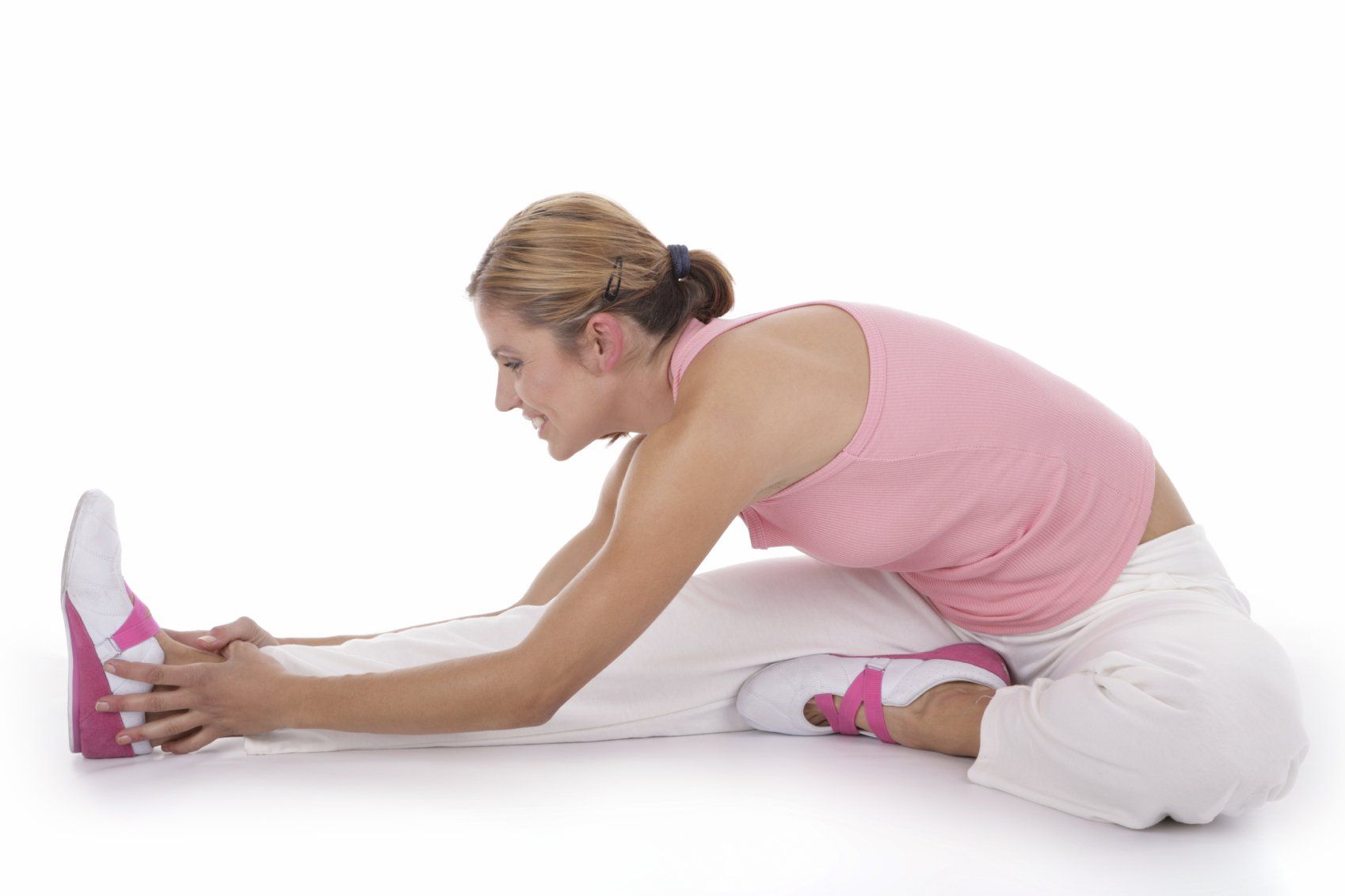
If you are running with the purpose to lose weight, then this is the style of running for you! This is because, as many personal trainers will tell you, it is the #1 most effective way to lose weight. So how does it work?... Start with a 5 min warm up - running/jogging at 40-50% intensity and then rapidly accelerate to a high intensity run - 90-100% intensity - for 30 seconds and then return to a steady pace - 50-60% intensity for 1 minute to recover. Once the minute is over, you should repeat the process. Try and repeat this for anywhere between 10-20 minutes if possible. If you feel you can go on after the 20 minute mark, you're not pushing yourself hard enough. If you're new to interval training, you can change the ratios slightly. For example; with the interval training I have already discussed, I've used a 2:1 ratio = 1 minute recovery - 30 seconds high intensity. You can keep the same ratio and sprint for 45 seconds with a 1:30 minute recovery or you could choose to change to a 3:1 ratio and sprint for 30 seconds and rest for 1:30 minute in order to be able to complete more sprints. When you are coming to the end of your interval training, remember to have a 5 minute slow run to cool down, followed by some stretching – hold each stretch between 30-40 seconds. We have detailed the best recovery methods in our previous blog posts .

Continuing on from our previous post about introducing different running techniques and styles into your training, this post focuses on long distance running. For more tips on long distance running, use the running tips that our Personal Trainers here at our headquarters in Shepherds Bush, explained in our previous blog posts to help you prepare for long distance running. When long distance running you should be running at a continuous steady pace so you can comfortably reach your goal. This means you do not try to increase your pace at any time and you should be able to breathe comfortably throughout the run. Try and set yourself achievable targets and try not to be too ambitious with your distance too early as this can sometimes have a negative effect. You should also be able to maintain a steady conversation with someone while running at this pace. Make sure you plan you food diary accordingly so that you wont run out of energy too soon. Running gels and energy bars are also very useful to have to hand when pushing yourself over a long distance. Interval training is discussed in detail in our next post

Running Techniques & Styles There are many different running styles and techniques which you can include in your exercise programme. Many people like to change their running style and technique during their training programme, as it gives them some variety in their running training. To find out which techniques are best for you, our Personal Trainers have detailed a brief introduction to some of the different techniques and styles you can use in your training: Pace/Tempo Training Start with a 5 minute warm up running at a nice steady pace, then increase your pace for a short period of time such as 5-10 mins and then go back to a steady pace to recover for the same 5-10 minutes. Try and repeat this a few times as this will help you increase your overall long distance running pace. Do not run flat out when tempo training as you will not be able to continue that pace for 5-10 mins. Also important to remember to have a 5 min cool down run once you have completed the pace/tempo training, followed by stretching. Long Distance Training & Interval Training methods will be discussed in the next blog post .

Recovery Our Personal Trainers insist that your recovery method can be the most important part of your running training. The reason for this is because if done correctly, your body will recover twice as fast and will also prevent any muscles from seizing up which will help prevent any injuries. Our Personal Trainers explain that the best way to start your recovery is by cooling down correctly. This is done by reducing your running pace gradually towards the end of your run by 50% intensity - even if this means you are now walking. Continue this pace for around 3-5 minutes. The longer the run, the longer the duration of your recovery pace should be. Once completed you should begin your stretching. This can be done by sitting down and stretching the main muscle groups. Holding each stretch for 20-40 seconds, whilst taking slow, deep breaths. This helps your body to cool down and also helps your blood pressure and your heart rate to return to their resting rate. By completing the stretches, this can prevent you from walking like a cowboy the next day! For some running techniques and styles, check out our other blog posts here

Plan Your Route Continuing from our last post for runners of all levels, this post is briefly focusing on your running route and how to safely plan where you’re running. Our Personal Trainers here in our Personal Training HQ in Shepherds Bush have suggested a few tips… * ROUTE: Know the distance you are about to run beforehand so you can then log this into your training programme and possibly aim for a longer distance or quicker time on your next run. You should always keep a note of your time/distance so it’s easy for you to monitor your progress. * SAFETY: Make sure the route that you are about to run is safe and well lit (if running in the dark) and also is a common route with walkers and other runners. Try and avoid main roads and heavy congested areas whenever possible. * NIGHT RUN: If you are running in the dark make sure you have told someone the route you are running before you leave and also wear reflective clothing. * BACK-UP: If you are running a long distance away from home, make sure you carry a mobile phone with you and your card or some small cash in case you injure yourself and you are finding it difficult to walk. For advice on what to do after a run, view our next blog post here

Breathing Techniques Our Personal Trainers have explained that while you're running it is important to control your breathing as much as possible. Our Personal Trainers go on to explain that this can be done by slowing down your breathing by taking deeper breaths in through your nose. This will prevent you from feeling light headed as your blood pressure will stop increasing and will also allow your body to take in more oxygen and as a result you will be able to run for longer. Our Personal Trainers suggest that if you are finding it hard to control your breathing try to temporarily slow your running pace down and start to increase the pace again once you have got your breath back. Hydration Another quick tip from our Personal Trainers is explains that you should make sure you keep yourself well hydrated with water or an energy drink while running. It also is important to keep yourself well hydrated before and after the run as well to assist your recovery. Nutrition By maintaining a good diet, this will prolong muscle fatigue and can also prevent you from feeling ill or faint while running. If you would like to ask our Personal Trainers anything here in our HQ in Shepherds Bush, just send us a quick message here Read our next blog following on from this on how to safely plan your running route.

Throughout the spring a lot of people will use the brighter mornings and evenings as a time to take control of their lives and motivate themselves to become fit and healthy by getting stuck in to exercise. The most common exercise which people generally begin with is running. Over a series of blogs our expert Personal Trainers will be giving you some simple tips to get you on the road to success with your running training. Footwear Footwear is very important! If you decide to run with incorrect footwear this can lead to injuries and will therefore mean you will have to stop training before you have barely started. Make sure you get the correct running shoes! To make sure you have the correct running shoes, these are the 6 things our Personal Trainers have said to look out for; 1. The shoes must have plenty of grip especially because of the wet weather we have. 2. Your shoes are the correct fit for your feet. 3. Efficient ankle support. 4. Flexible and lightweight. 5. Depending on your gait pattern, or if you have flat feet or problems with the arch in your foot, make sure you undertake a gait analysis before your buy your trainers. Many sports shops have the equipment and trained staff to perform a gait analysis so you can get the trainers best suited for you and therefore minimise any risk of injury. 6. Don’t always go for the big brands! As long as the trainers you have tick all of these boxes, you’re good to go! You really don’t need to spend in excess of £50+ on your new trainers For more running tips check out our other blogs here

It's time to test yourself... If you do not have much time on your hands, why not try completing a short high intensity run. This is more about speed and time, than about distance. Set yourself a distance that you can easily achieve in the amount of time you have. The objective is to beat your time every time you complete a short run. Make sure it is the same distance every time and also remember to warm up and cool down effectively. This is perfect for exercising in your lunch break, as it does not take up much time! Remember to stay hydrated before and after your run. Why not grab a partner to join the race?! New Blog Posts coming soon – Quick 10 Point Circuit Covering Abs, Back and legs! This circuit is great for people who want to get a flat stomach and tones legs and barely have 15 mins free a day to complete any exercises. This circuit is quick and easy and most importantly, if done correctly it will get you results!!






